Who is a miner and how to deal with him?
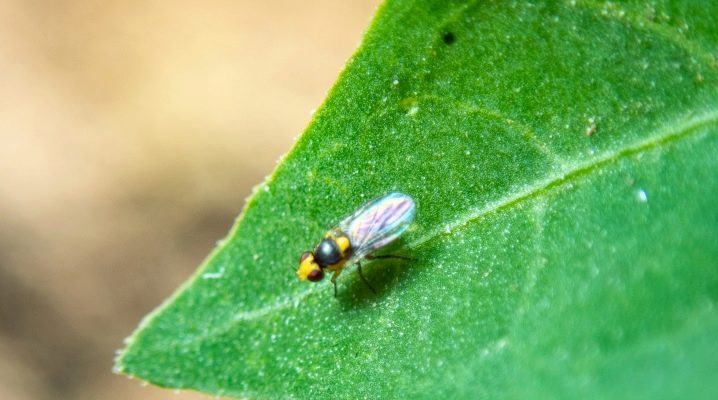
One of the most serious problems in growing plants (vegetables, fruit trees, various flowers and shrubs) is the appearance of pests and diseases. Without proper control and without the use of preventive measures, pests and diseases can cause significant harm to the future crop. In the article, we will look at who a miner is and how to deal with him.
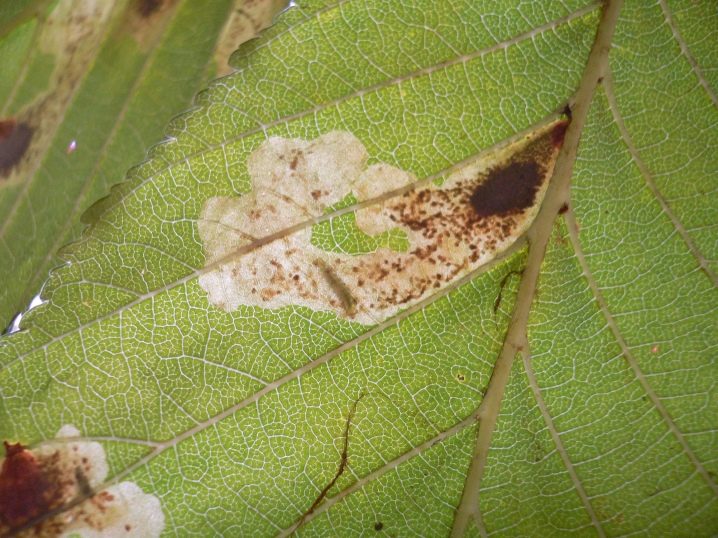
Who is that?
Serious damage to plant leaves is caused by larvae of miner moths and flies (leaf miners). And also some representatives of beetles or butterflies can be miners. But most of the miner insects are Lepidoptera.
The miner is a pest of vegetable crops grown in greenhouses, hotbeds, greenhouses. The insect also damages fruit trees (cherry, apple, pear), shrubs (holly, rhododendron, rose), flowers (chrysanthemum, violets, zinnias) and others.
The insect pest causes significant damage to many vegetable crops, but it is most often found on tomatoes.
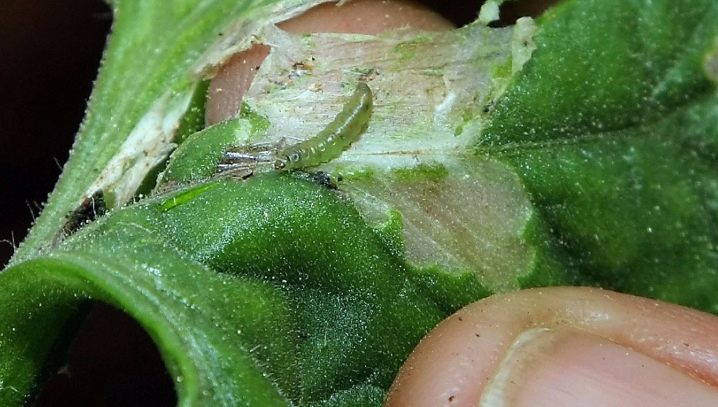
And also often the miner can live on cucumbers, cabbage, various types of salads, cherries and other plants. To get a good harvest, it is necessary to periodically carefully examine the leaves of the plant and make sure that no characteristic damage occurs on tomatoes, other vegetables and trees.
The most common miner is a small dipteran, approximately 2 millimeters long. An adult insect (imago) has a black back, sides and a yellow head. Small yellow stripes are located along the edges of the abdomen. This plant pest lays transparent oval eggs up to 0.3 mm in diameter. During one season, the nightshade miner can create 5-6 full-fledged generations.
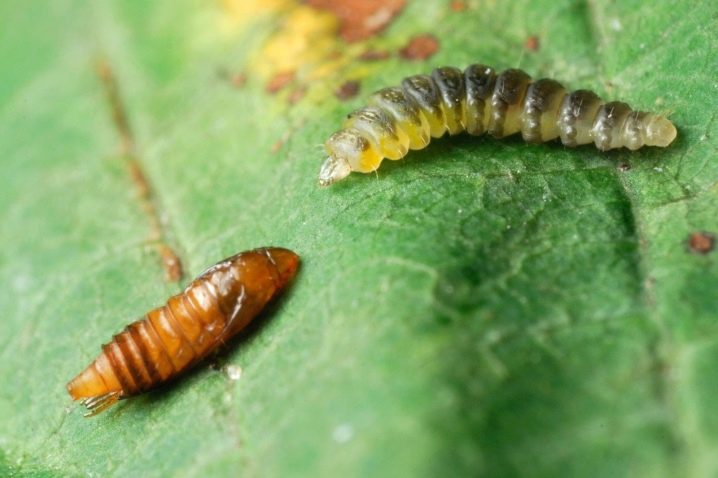
And also the chestnut miner moth (camerilla or Ohrid miner) is quite common. In adulthood, it is a small moth (approximately 3-4 millimeters).
It is capable of destroying up to 90% of the leaf surface of a plant, which may well lead to its death. Mostly damages horse chestnut, in some cases it can live on grapes or maple. Lives in Europe, but the area is constantly expanding.
Cherry (apple) miner has the ability to harm more than just cherry trees. It is also harmful to apple, cherry, plum, pear and other fruit trees. The insect can lay 30-50 eggs.

This insect is characterized by numerical fluctuations. In one season, the population may increase significantly, while the next year, the distribution may be quiet. Flies and other insects of this type directly harm the plant by sucking its juice.
And the larvae deposited on the leaves make moves inside the plate, damaging it. At the same time, they are protected from external influences and potential natural enemies by the surface of the sheet.
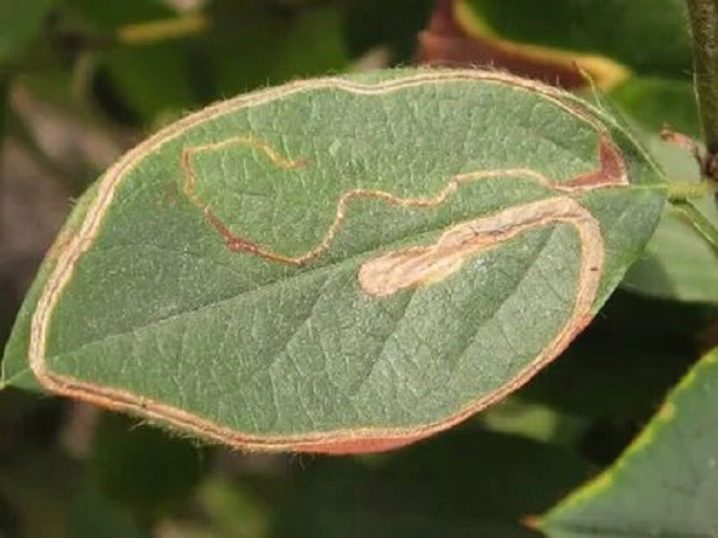
There are several types of miners:
-
leafy chrysanthemum;
-
sprout;
-
variegated;
-
polyphagous;
-
nightshade;
-
onion.
Depending on the degree of damage and destruction of the middle leaf substance (mesophyll), two types of mines are distinguished: two-sided and one-sided.

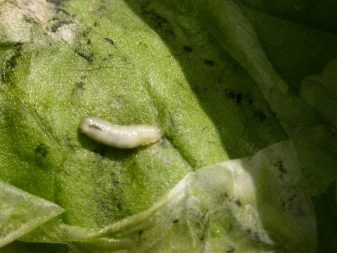
Signs of appearance
The appearance of a miner can be easily identified visually. For this purpose, you need to pay attention to the leaves of the plant. The very first signs of damage are small pits in the leaves, which are punctures left by female insects. Further, moves appear on the surface of the sheet plate. In appearance, they resemble linear convolutions without forks. If the damage is strong enough, then the passages are located very close to each other, merging into one large spot. It is he who is called "mine". The concentration of mines on one sheet can be quite high and reach the number of 500-700 pieces.
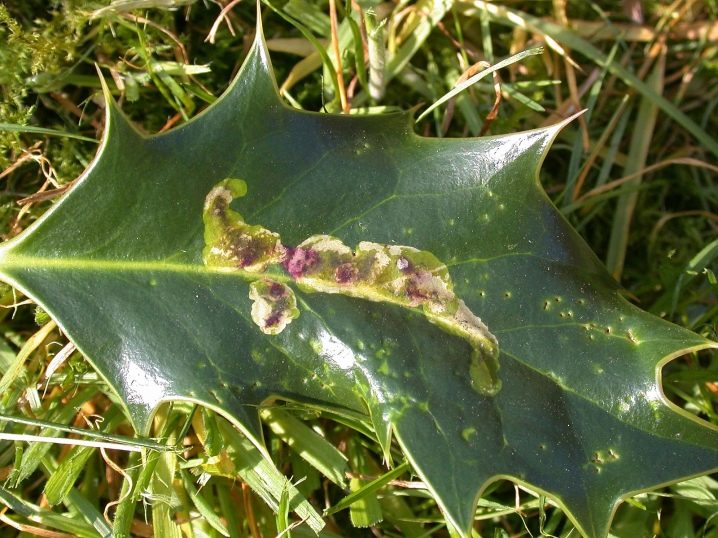
The most noticeable are the mines located on the flowers. In their shape, they can be spotty, serpentine-spotted or serpentine.
If there are few miner insects, then they do not have a significant negative effect on the growth and condition of plants. But it is still worth getting rid of pests, since miners can reproduce quite quickly. And then the damage may be irreparable.
If several insect larvae feed on one leaf at the same time, then the plate almost completely loses its green color. As a result, photosynthetic tissues are reduced, which, in turn, causes a significant decrease in crop productivity. This is especially dangerous for young immature plants.
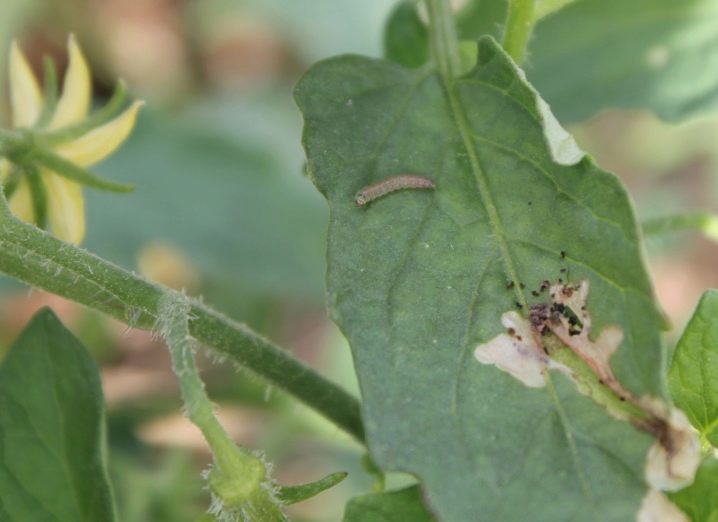
Subsequently, the leaves of the plant begin to acquire a yellow color, and the final sign of damage is the falling of the leaf plates.
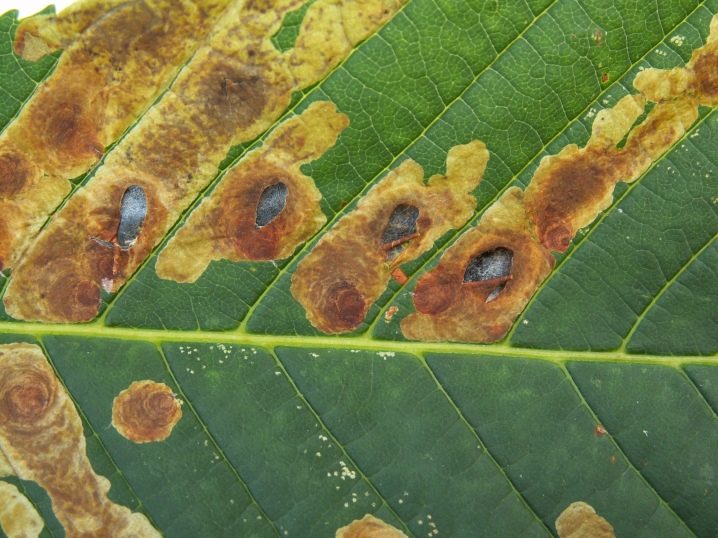
Control measures
You can fight a pest insect by using various types of chemical insecticides. And also effective is soil disinfection by the thermal method. In some cases, gardeners use folk methods that have been tested over the years.
The first thing to do when dealing with miners is to remove leaves that have been damaged by insects. Removal is done manually, after which the leaves must be burned.
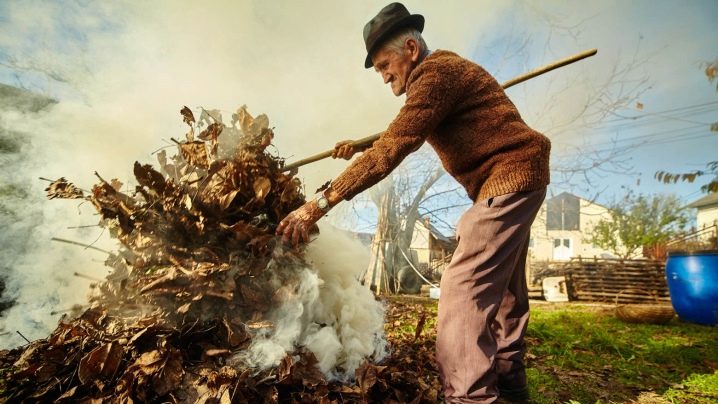
Experienced gardeners do not recommend using insecticides right away. It is worth using potent drugs only if there is a significant colony of mining flies.
Folk methods of dealing with miners.
-
Fumigation of a greenhouse with a makhorka.
-
Distribution of tobacco dust in vegetable beds.
-
Using a mixture of slaked lime and wood ash. It is prepared from equal parts and used in the amount of 1-2 kilograms per 10 square meters. The prepared mixture is scattered along the vegetable beds.
-
Purchase from a specialized rider shop. They help fight miners if you run them into the greenhouse.
-
Growing flowers and vegetables under non-woven fabric. Thanks to this protection, miners are deprived of the opportunity to lay their eggs on plants.
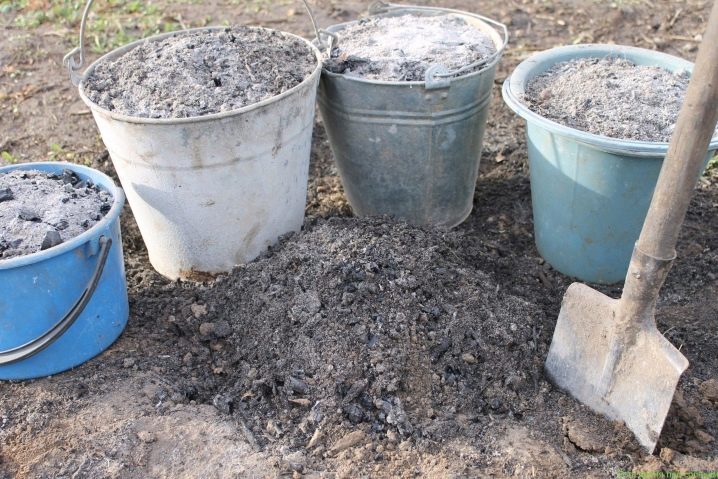
If the damage is significant, then in this case it is already possible to resort to chemical insecticides. Among them, the following drugs give the best results: "Karbofos", "Aktara", "Fitoverm", "Vertimek", "Aktellik", "Fosbecid", "Voliam Flexi" and others. The most effective formulations are those that contain feverfew. The procedure must be repeated several times with a difference of 3-6 days. In total, it is necessary to carry out about 5 sprays.

The insects themselves die after the first procedure, but the larvae are much more hardy.
And pupae are not affected by chemical compositions at all, since the pupation stage in some species of miners takes place in the ground. In this case, a positive result can be brought by watering the soil with products that contain feverfew.
Chemical compositions must be used strictly in accordance with the instructions. This is important, since quite often the processing is carried out in a closed room (greenhouse or greenhouse). It is recommended to wear protective masks and gloves when handling these substances. It is better to process plants in the morning or in the evening.
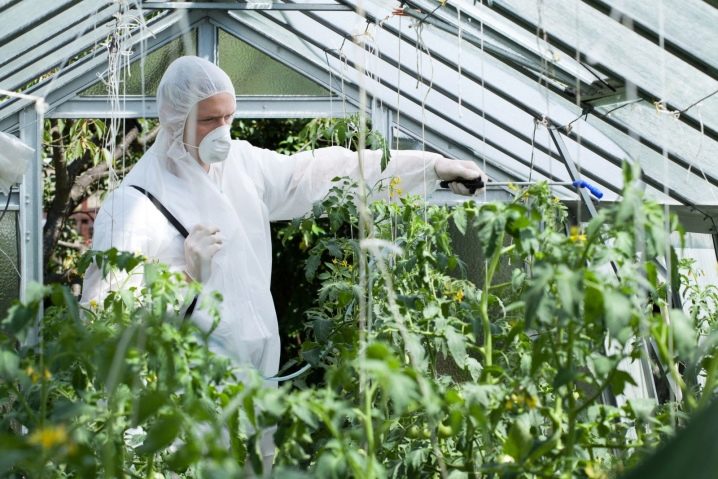
Another method of dealing with miners is to use yellow planks to catch pests. And also tapes, belts, plates on the trunks can be used.
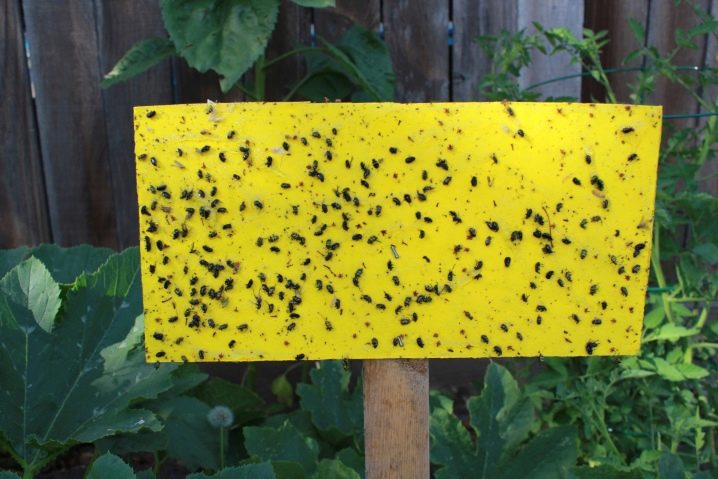
Preventive actions
The fight against the miner is not too difficult, but it is much easier to prevent its appearance than to get rid of the pest later. Since in the winter the miner is in the surface layer of the earth, then before transplanting seedlings, it is necessary to carry out disinfection by a chemical or thermal method. During the season, it is necessary to monitor the appearance of weeds and remove them from the beds in time to prevent the insect from developing.
In late autumn, after the leaves fall, it is required to dig up the soil in the immediate vicinity of the beds and trees.

All fallen leaves must be removed and disposed of, since the pupae of the miners prefer to winter in the fallen leaves. The second time you need to dig up the ground in early spring.
Minerals can cause significant harm to a wide variety of plants. Therefore, it is very important to carry out preventive measures, and in the event of the appearance of insects, immediately take measures to destroy them. In this case, the leaves will not be damaged and the plant will retain its vitality.
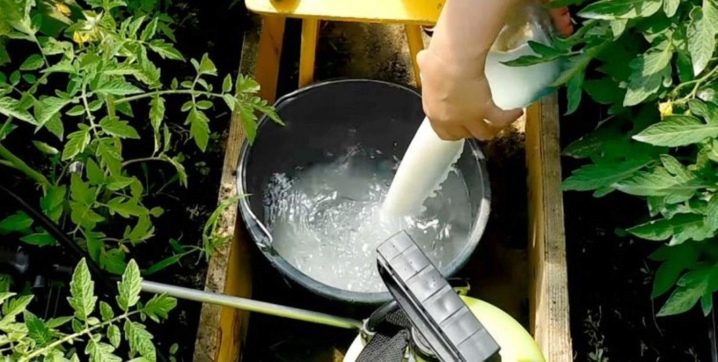













The comment was sent successfully.